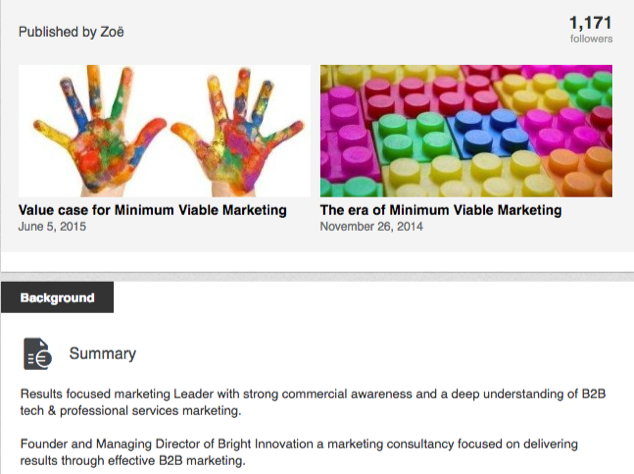Mergers and acquisitions (M&A) play a key strategic role for organisations looking to maintain a competitive advantage in their industry for many years.
However, there are some key steps that must be taken to give these deals the best chance of success, particularly around marketplace positioning and stakeholder engagement. These two factors are heavily influenced by the way an organisation positions its brand.
With this in mind, we’ve identified five brand considerations that an owner or founder should develop as part of their M&A plan in order to support a successful outcome.
1. Develop a brand roadmap
Critical to the success of a merger and acquisition, the fundamentals of a brand transformation must be in-place as early as possible during the process. The best way to do this is to create a clear plan that so that you know how, what and who you need to manage and communicate to during the process. This doesn’t necessarily mean communicating as early on in the process as possible – because that might unnecessarily unsettle staff – but there should be a roadmap that indicates when terms of agreement are expected to be signed and how internal and external stakeholders will be managed at this point.
2. Consider your competitors
An often overlooked, but key consideration to any M&A process, is the reaction that both you and your partner’s competition will have to the news of your merger or acquisition. Not only are you expanding your business offerings and capabilities, but you’re also increasing the competition that you face in your market.
- How will the competition react?
- What do you need to do to prepare?
- Are there any negative aspects of the deal that a competitor might highlight?
- How will your new offerings compare to theirs?
It’s important to preempt any issues that might arise and proactively communicate the strength of your offering, demonstrating its strength to both your clients and the wider market, whether through media outreach, digital marketing channels, direct marketing campaigns and events.
3. Consider your clients
No matter its size, audience, history or demographic, a company will always be defined by its actions, not its words. How a company engages with its clients shows what it truly represents. You must think carefully about how you communicate with both existing and future clients. There are often many different segments within a client base, and communicating with them all individually demonstrates sensitivity to their specific needs. The M&A process affords you the opportunity to make a statement with your new brand and enhance the service you deliver, creating new and unique value.
4. Define a vision for your employees
During the M&A process, it’s vital to establish a position about the new brand that gives employees something to engage with and believe in. When it comes to defining your brand vision, remember that for employees, a brand is often an emotional trigger. If you’re asking them to walk away from something they helped to build, you need to give them something to walk towards that is equally, if not more, compelling.
5. Communicate your message
It is important to create a consistent narrative to help your stakeholders understand what a deal means to them, both in the short and long term. You need to have clearly defined messaging for all of your audiences, from your future and current clients, to your investors and your employees. For example, both your employees and clients will be concerned about consistency and disruption to the business, but perhaps for different reasons. Employees will be primarily concerned with job security and culture, whereas clients are more likely to be concerned about quality of service. Your messaging will need to reflect these nuances.
Branding plays an undervalued role in the success of the M&A process, and communication is key to brand success, both internally and externally. This falls under the scope of a skilled and experienced marketing team, something that is often beyond the capabilities of most in-house resources. By working with a strategic marketing consultancy you gain access to a wide range of skilled industry experts, allowing you to focus on building your business and becoming an attractive M&A opportunity.









